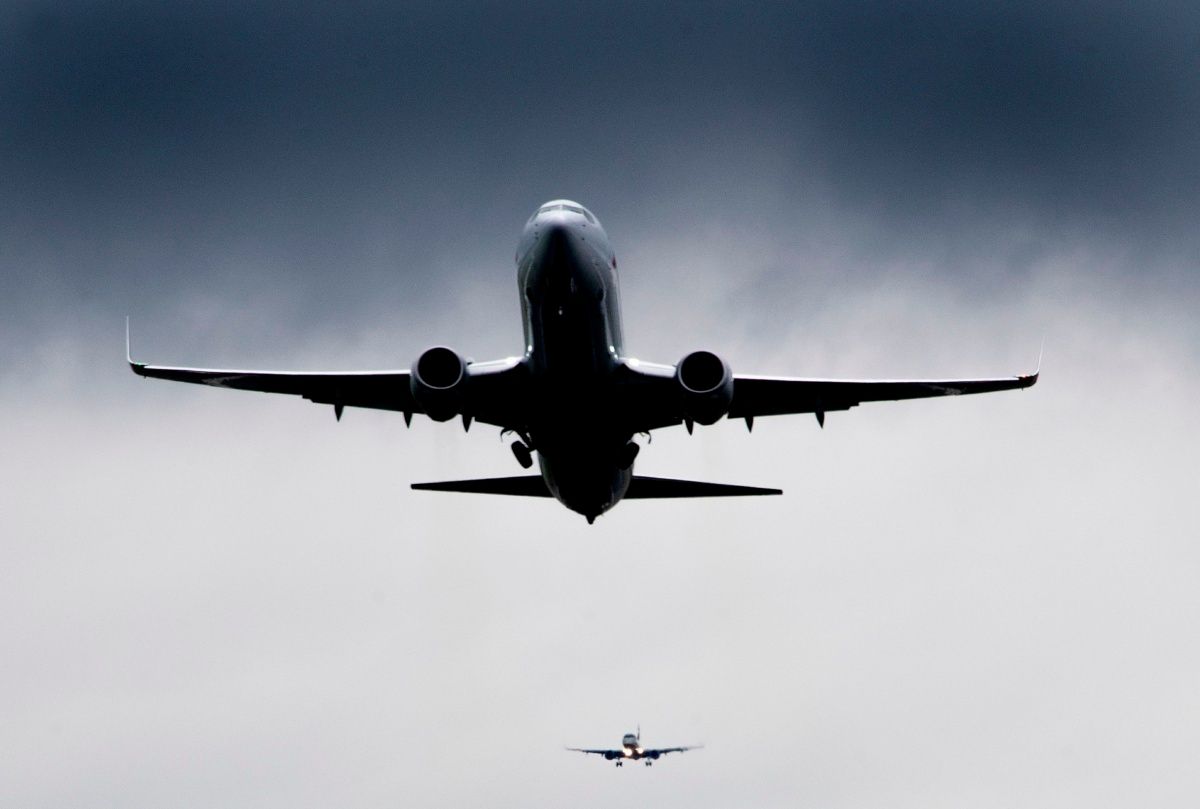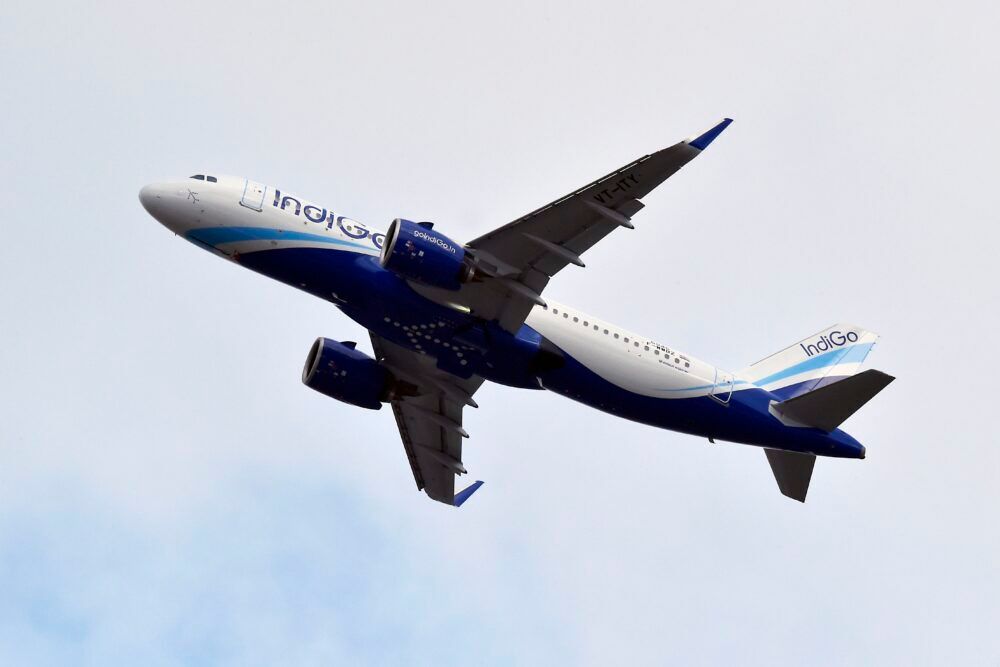In October 2016, the Government of India unveiled the UDAN (Ude Desh Ka Aam Nagrik) scheme, which loosely translates to "flying made possible for the common citizen." The project aims to connect small towns in India through subsidized air routes and developing regional airports. Through this initiative, the Indian government intends to build infrastructure and a culture of air travel for people in tier 2 & 3 cities by making flying cheaper and more accessible.
Boost for regional aviation
While we talk about India being one of the largest aviation markets in the world, and rightly so, air travel still remains out of reach for millions of Indians. The LCCs have certainly revolutionized aviation in India, but there's still much to be done to bring affordable flying to the regional parts of the country. The UDAN scheme - intended to run for ten years - has been implemented to do just that.
The scheme aims to enhance regional air connectivity in two ways:
- Developing new and existing regional airports
- Creating hundreds of subsidized air routes to underserved and unserved airports
The initiative has planned to develop 100 new airports, heliports, and water aerodromes between 2019 and 2024. So far, more than 750 valid routes have been allotted to shortlisted airlines after four rounds of bidding. For the development of airports, the Airports Authority of India has designated funds of around ₹ 25,000 crores (approx. $3.3 billion) for a period of five years from 2019 to 2024.
Stay informed: Sign up for our daily and weekly aviation news digests.
Funding
To fund such a project, the government has to infuse cash and provide concessions, which it does in three ways:
- Central government concessions
- State government concessions
- Airport operators' concessions
The central government provides what is known as Viability Gap Funding (VGF) to make routes financially viable for commercial airlines. VGF is reduced if the passenger load factor remains high and is discontinued after three years when the route becomes self-sustainable.
The center also provides relaxation on Goods and Service Tax (GST) and freedom to some airlines to enter into codesharing arrangements with domestic and international airlines.
Support from state governments comes in the form of reduction of Value-added Tax (VAT) to 1% or less for ten years to airports developed under the scheme, providing land for airports and other utilities at subsidized rates.
The airport operators contribute by waiving parking, landing, and storage charges at participating airports, no TNLC (Terminal Navigation Landing Charges), and other such subsidies.
To boost regional flights, the scheme also calls for air caps from Rs 1,420 to Rs 3,500 for fixed-wing aircraft (based on distance and duration) for flights to unserved and underserved routes. Such fare caps are subsidized by imposing a small levy on every departure on major routes.
Slow progress
The implementation of the scheme, however, has been slow, and several targets have not met their deadlines. An Economic Times report in July this year cited the rating agency ICRA, which said that not even 50% of the routes had been made operational, and the second wave of the pandemic impacted the plan even further. As of May this year, 47% of total routes and 39% of airports (unserved and underserved) were operational.
Shubham Jain, SVP and Group Head for Corporate Ratings at ICRA, stated,
“The slow progress of UDAN implementation is attributable to delayed upgradation of infrastructure and readiness of airports, due to lack of adequate right of way (including insufficient runway lengths) at some of the RCS airports and delays in securing necessary regulatory approvals.â€
According to ICRA estimates, the target of operationalizing 100 airports under the UDAN scheme could face a two-year delay, pushing it to 2026 from the earlier deadline of 2024.
What are your thoughts on the Indian government's UDAN scheme? Please share your comments below.


